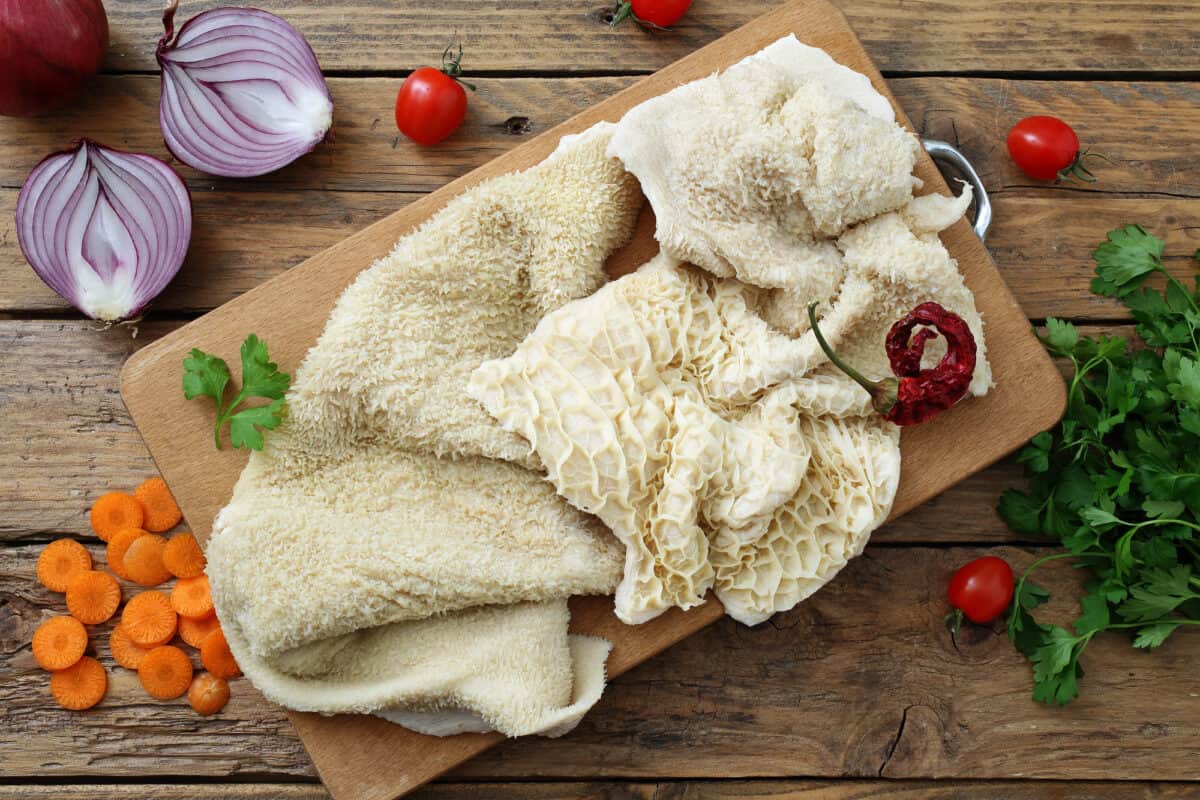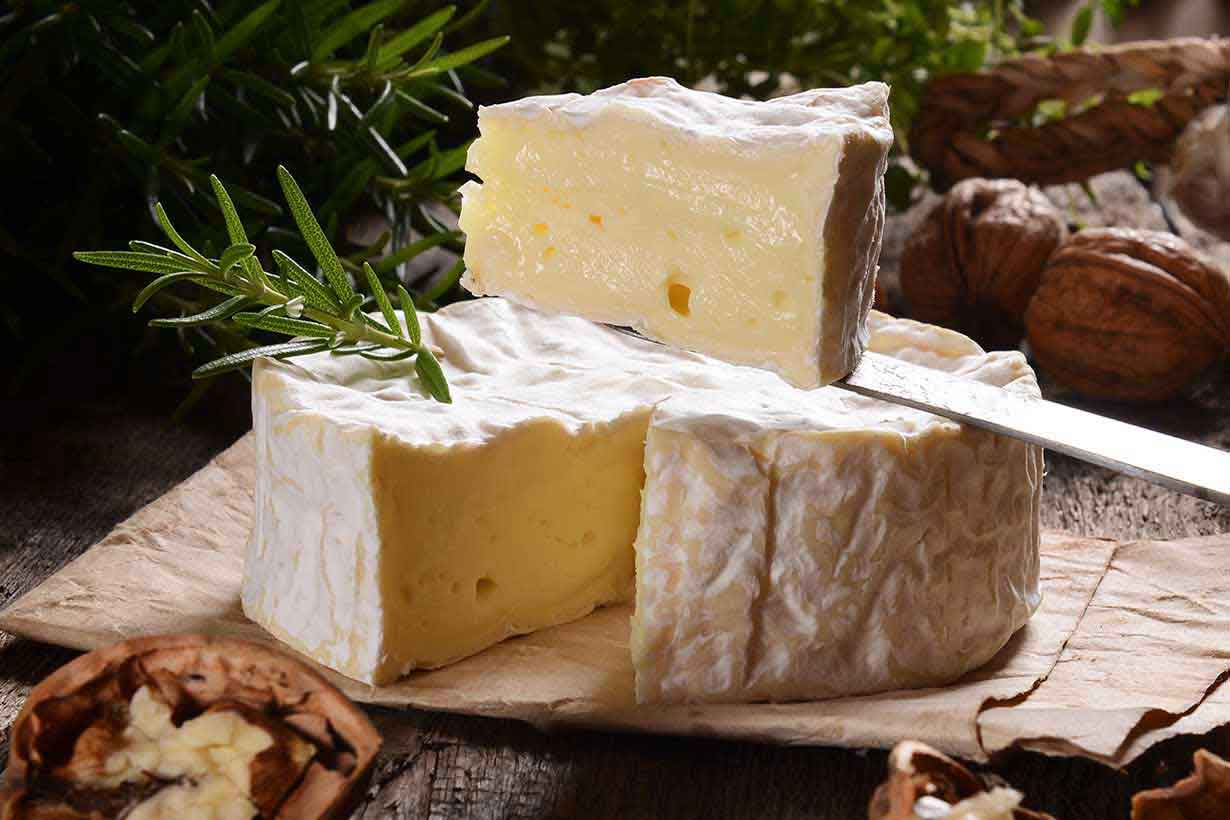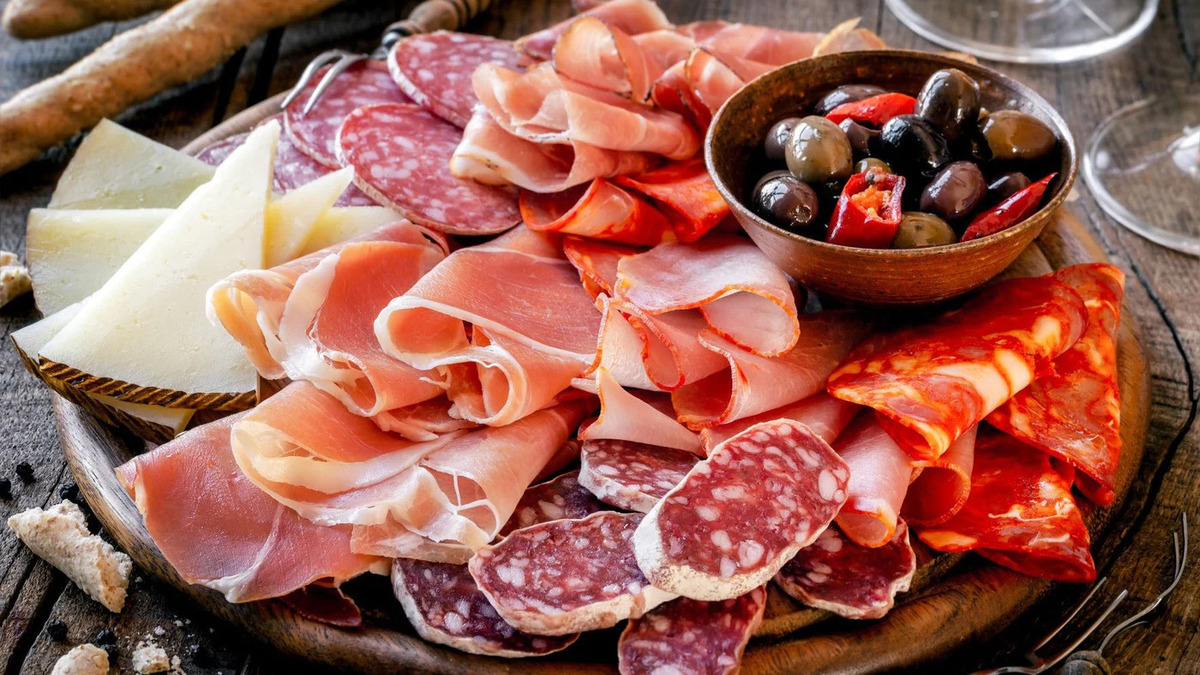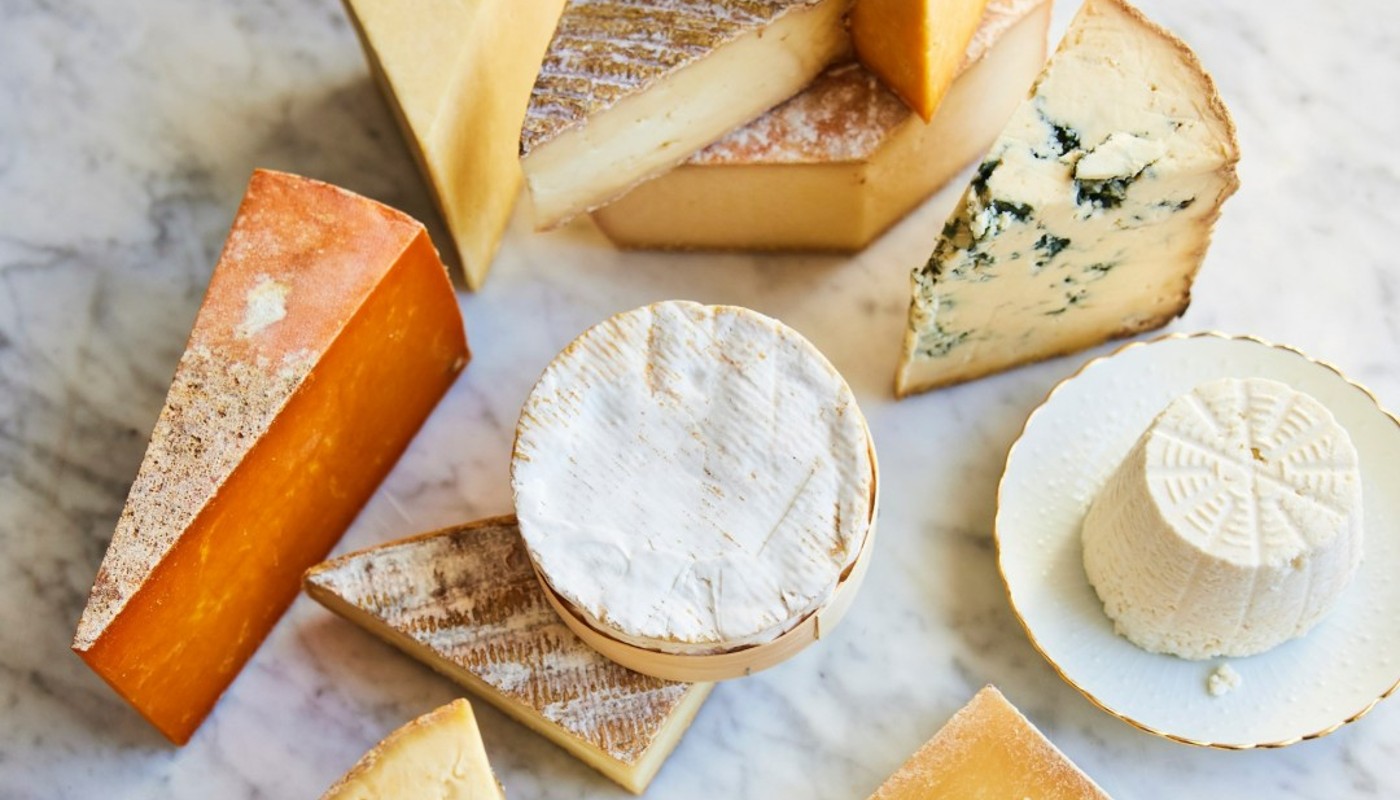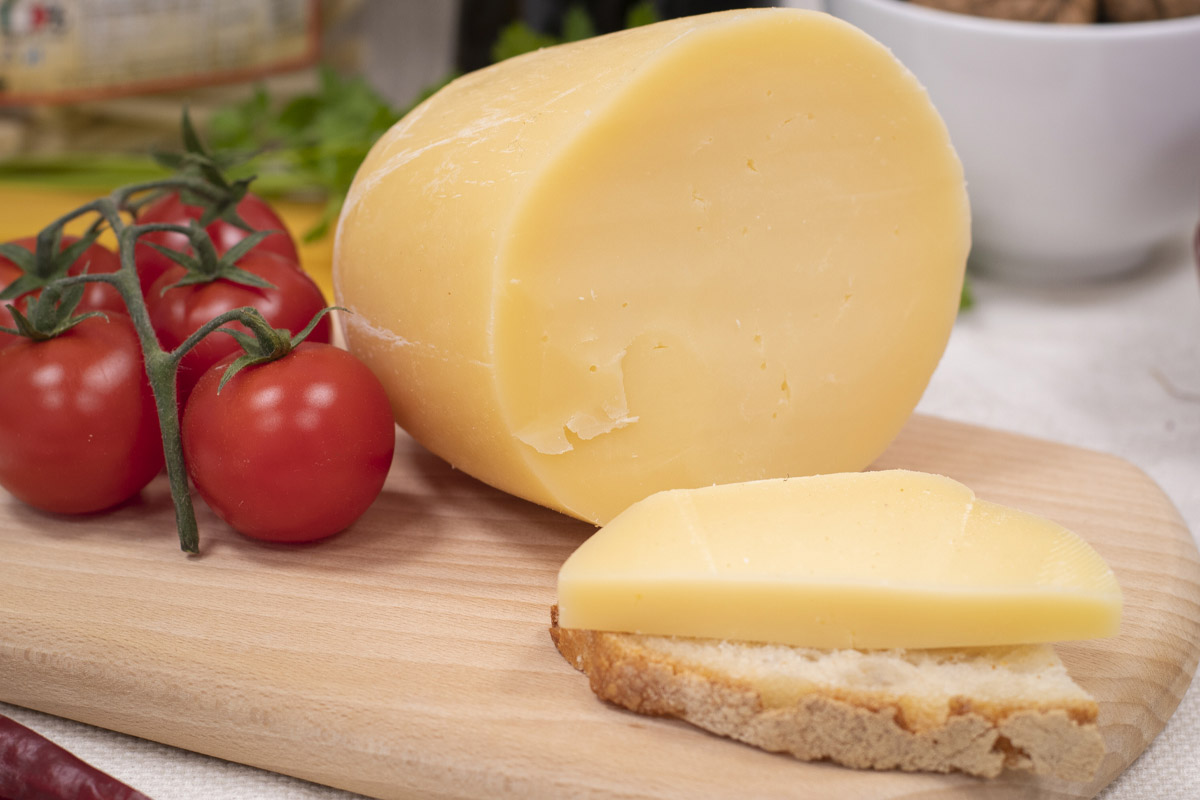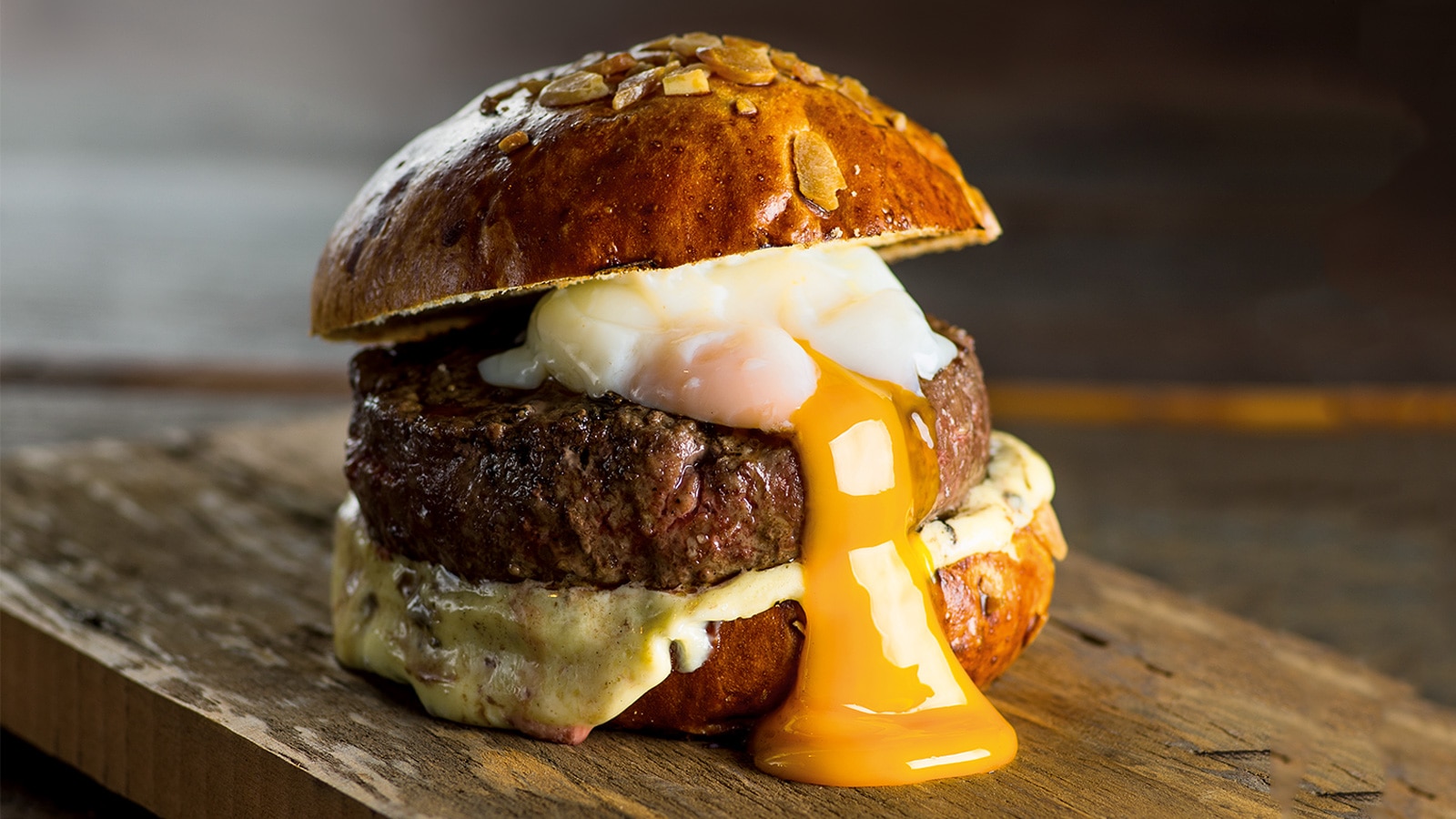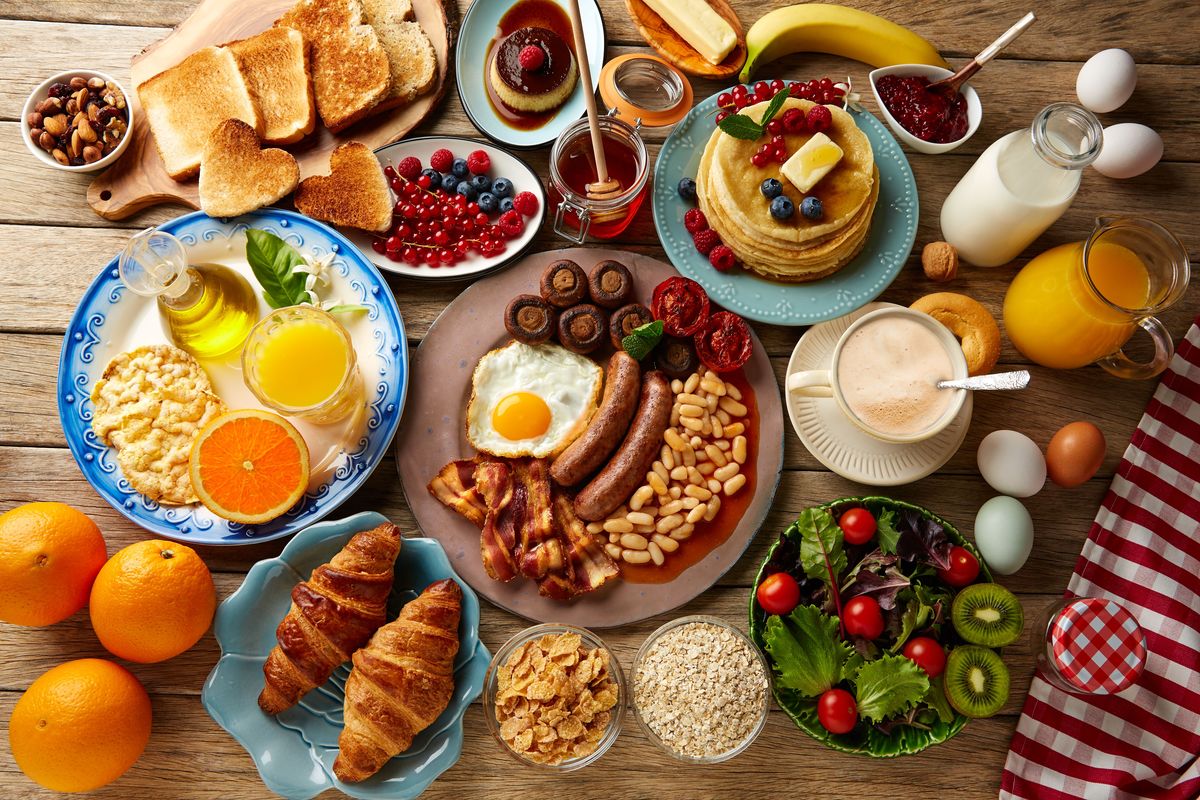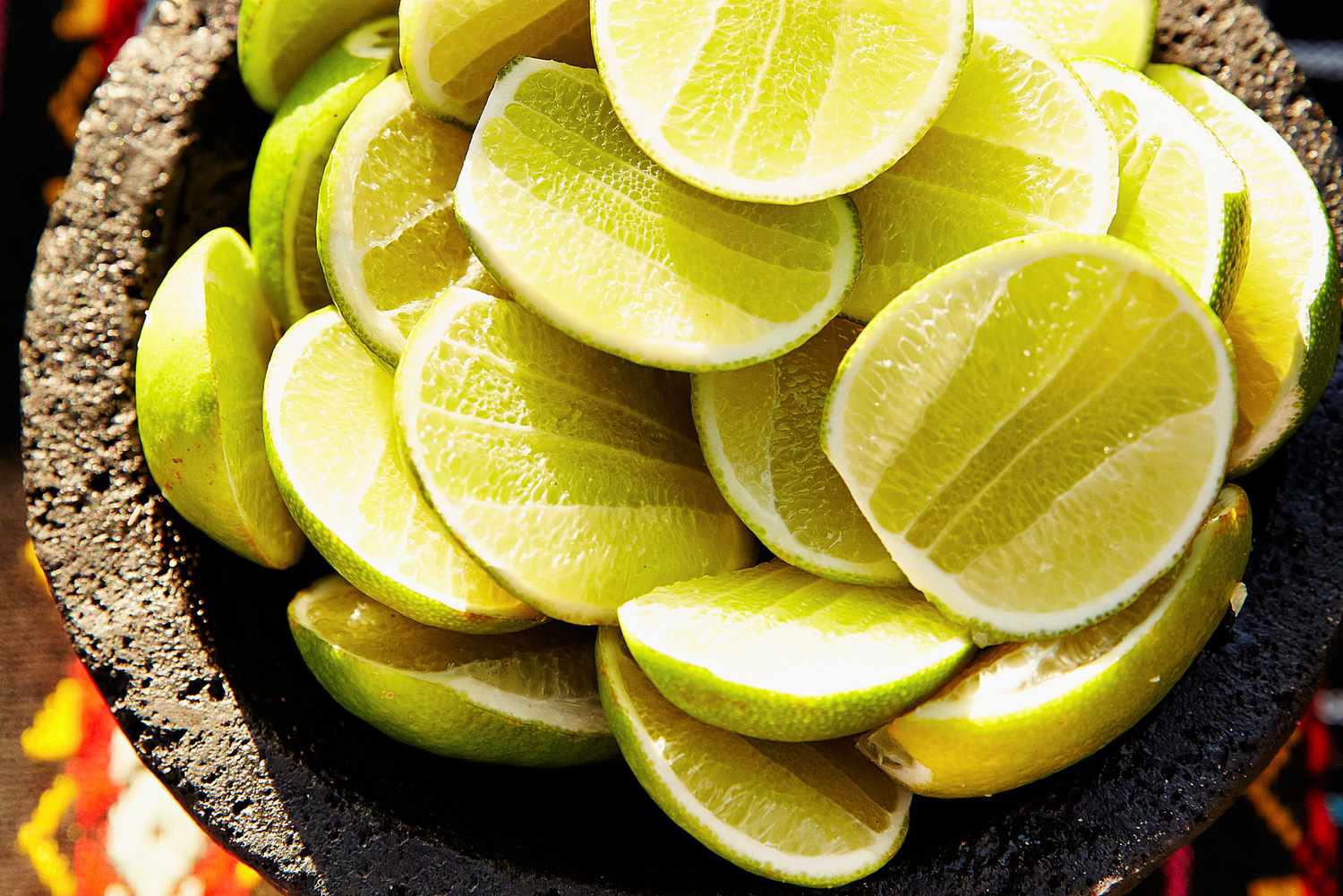Cheese lovers, rejoice! Exploring world-class cheeses at home can be a delightful adventure. From creamy Brie to sharp Cheddar, each variety offers unique flavors and textures. Whether you're a seasoned cheese enthusiast or just starting, this guide will help you discover and enjoy some of the best cheeses from around the globe. Learn how to pair them with wines, fruits, and breads for a perfect tasting experience. Get ready to elevate your cheese game and impress your friends with your newfound knowledge. Let's dive into the world of cheese and savor every bite!
Gathering Your Cheese Tasting Essentials
Cheeses to Explore:
-
Brie
- Creamy texture
- Mild flavor
- Pairs well with fruits and nuts
-
Gouda
- Semi-hard texture
- Buttery, nutty taste
- Great with crackers and wine
-
Cheddar
- Firm texture
- Sharp, tangy flavor
- Perfect for sandwiches and burgers
-
Blue Cheese
- Crumbly texture
- Strong, pungent taste
- Ideal for salads and dressings
-
Parmesan
- Hard, granular texture
- Rich, savory flavor
- Excellent for grating over pasta
-
Mozzarella
- Soft, stretchy texture
- Mild, milky taste
- Best for pizzas and caprese salads
-
Feta
- Crumbly, slightly grainy texture
- Salty, tangy flavor
- Works well in Mediterranean dishes
-
Swiss
- Firm, slightly springy texture
- Mild, nutty taste
- Great for melting in sandwiches
-
Camembert
- Soft, creamy texture
- Earthy, mushroom-like flavor
- Pairs well with crusty bread
-
Provolone
- Semi-hard texture
- Mild to sharp taste
- Ideal for melting in Italian dishes
Essential Tools for Your Cheese Exploration
Tools Needed to Explore World-Class Cheeses at Home
- Cheese Board: A wooden or marble board for serving.
- Cheese Knives: Different shapes for cutting various textures.
- Cheese Grater: For hard cheeses like Parmesan.
- Cheese Slicer: For even slices of semi-hard cheeses.
- Cheese Markers: Labels to identify each type.
- Cheese Storage Bags: Keep cheese fresh longer.
- Cheese Paper: Wrap cheese to maintain moisture.
- Cheese Fondue Set: Melt cheese for dipping.
- Cheesecloth: Strain homemade cheese.
- Thermometer: Monitor temperature when making cheese.
- Cheese Press: Shape and press homemade cheese.
- Cheese Mold: Form cheese into specific shapes.
- Cheese Tasting Journal: Record flavors and textures.
- Wine Glasses: Pair cheese with wine.
- Cutting Board: Prepare accompaniments like fruits and nuts.
- Serving Utensils: Forks, spoons, and tongs for serving.
- Small Bowls: Hold olives, nuts, and other sides.
- Bread Knife: Slice bread to accompany cheese.
- Butter Spreader: Spread soft cheeses easily.
- Cheese Dome: Cover and protect cheese on the board.
Start with classics like Brie, Gouda, and Cheddar. Experiment with blue cheese or Manchego. Pair with fruits, nuts, or honey for a delightful experience.
The Art of Savoring Fine Cheeses
Exploring world-class cheeses at home enriches culinary experiences, broadening palates with flavors from creamy Brie to sharp Cheddar. This adventure introduces enthusiasts to diverse cultures and traditions, fostering appreciation for global craftsmanship. Sampling these delicacies, one uncovers stories behind each cheese, connecting with artisans' dedication and heritage.
Diving into the world of fine cheeses at home offers a convenient, yet sophisticated way to savor gourmet tastes. It transforms ordinary meals into exquisite dining experiences, elevating everyday cuisine. Through this journey, individuals develop refined taste preferences, becoming connoisseurs of quality and taste in the comfort of their kitchens.
A Step-by-Step Journey Through Cheese Tasting
Step-by-Step Guide to Exploring World-Class Cheeses at Home
-
Select a Variety of Cheeses
- Choose hard cheeses like Parmesan or Cheddar.
- Pick soft cheeses such as Brie or Camembert.
- Include blue cheeses like Gorgonzola or Roquefort.
- Add fresh cheeses such as Mozzarella or Ricotta.
-
Store Properly
- Wrap each cheese in wax paper or parchment paper.
- Place wrapped cheese in a sealed container.
- Store in the vegetable drawer of your fridge.
-
Prepare a Cheese Board
- Use a wooden board or marble slab.
- Arrange cheeses from mildest to strongest.
- Add crackers, bread, and fruit for variety.
-
Serve at Room Temperature
- Remove cheeses from the fridge 30 minutes before serving.
- Let them sit to reach room temperature.
-
Pair with Beverages
- Match red wines with hard cheeses.
- Pair white wines with soft cheeses.
- Serve beer with blue cheeses.
- Offer sparkling water for a non-alcoholic option.
-
Taste and Savor
- Start with the mildest cheese.
- Take a small bite and chew slowly.
- Note the texture, flavor, and aroma.
- Cleanse your palate with water or bread between cheeses.
-
Experiment with Pairings
- Try honey with blue cheese.
- Pair fig jam with Brie.
- Combine Parmesan with balsamic vinegar.
- Mix Ricotta with fresh fruit.
-
Learn the Origins
- Research the history of each cheese.
- Understand the region it comes from.
- Learn about the production process.
-
Document Your Experience
- Keep a cheese journal.
- Write down tasting notes.
- Record pairing successes and failures.
-
Share with Friends
- Host a cheese tasting party.
- Share your knowledge.
- Encourage friends to bring their favorite cheeses.
-
Explore Local Cheese Shops
- Visit local markets.
- Talk to cheesemongers.
- Try new cheeses recommended by experts.
-
Join a Cheese Club
- Subscribe to a monthly cheese box.
- Receive curated selections.
- Expand your cheese palate.
-
Cook with Cheese
- Use leftover cheese in recipes.
- Make cheese sauces or baked dishes.
- Experiment with different cuisines.
-
Attend Cheese Festivals
- Look for local events.
- Participate in tastings.
- Meet cheese producers.
-
Read Cheese Books
- Find books on cheese history and pairings.
- Learn from cheese experts.
- Expand your knowledge.
-
Practice Cheese Etiquette
- Use a cheese knife for each type.
- Avoid cross-contamination.
- Serve small portions to avoid waste.
-
Stay Curious
- Keep trying new cheeses.
- Explore different regions.
- Enjoy the journey of cheese exploration.
Bringing World-Class Cheeses to Your Kitchen
Creating world-class cheeses at home isn't just a dream. With the right ingredients, a bit of patience, and some practice, you can craft delicious cheeses that rival those from the best cheesemakers. Start with simple recipes like mozzarella or ricotta before moving on to more complex varieties like brie or blue cheese. Remember, the key is in the details—temperature control, quality milk, and proper aging. Don’t be afraid to experiment and learn from each batch. Soon, you’ll find yourself with a repertoire of homemade cheeses that will impress any cheese lover. So, roll up your sleeves, gather your supplies, and dive into the art of cheesemaking. Your taste buds will thank you!
All Your Cheese Questions Answered
What are some must-try cheeses from around the world?
You can't miss Brie from France, Gouda from the Netherlands, Parmesan from Italy, Cheddar from England, and Manchego from Spain. Each has a unique flavor and texture.
How should I store cheese at home?
Keep cheese in the vegetable drawer of your fridge, wrapped in wax paper or parchment paper. Avoid plastic wrap as it can make cheese sweat and spoil faster.
What's the best way to serve cheese?
Serve cheese at room temperature. Take it out of the fridge about an hour before serving. This helps bring out the full flavor and aroma.
How do I pair cheese with other foods?
Pair soft cheeses like Brie with fruits and crackers. Hard cheeses like Parmesan go well with nuts and honey. For a classic combo, try wine and cheese pairings like Cheddar with a robust red wine.
Can I freeze cheese?
Freezing cheese can change its texture, making it crumbly. It's best to freeze hard cheeses like Cheddar or Parmesan. Soft cheeses don't freeze well and may become watery.
How do I know if cheese has gone bad?
Look for mold that's not part of the cheese, a strong ammonia smell, or a slimy texture. If you notice any of these, it's time to toss it.
What's the difference between pasteurized and unpasteurized cheese?
Pasteurized cheese is made from milk that's been heated to kill bacteria. Unpasteurized cheese uses raw milk, which can give a richer flavor but may carry a higher risk of bacteria.
